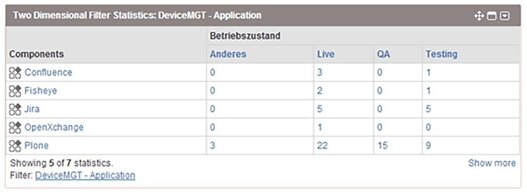As an Atlassian service provider and specialist for IT infrastructure solutions, catworkx GmbH currently manages more than 350 customer and in-house servers of various types, which are equipped with different operating systems, components and applications. For the administration and reliable support of the numerous instances, an effective inventory management is of course essential.
Many special solutions for inventory or inventory management (asset management) of servers, desktops, applications and licenses are offered on the market. However, these solutions are often focused on the pure management of machines, in conjunction with the automated collection of data via the network. Often, there is no seamlessly integrated process management for documenting the processes that occur as part of the administration tasks.
The systems are also very expensive and usually have no interface to Jira, which is used at catworkx as the central system for processing all processes/tasks, such as service, sales, development or even general administrative tasks. Typically, there is also no integration with IT documentation, for quick retrieval of unstructured additional information or maintenance instructions, which is virtually a free gift thanks to the seamless interaction of Jira with Confluence.

